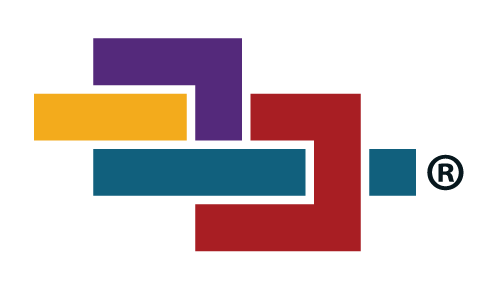Emily, a young professional new to the city, is facing her first major hurdle: unexpected car repairs. To pass the state inspection and make sure she can get to work the following Monday, she needs new tires and brake pads. Short on time, she turns to a fintech lending app to secure a loan quickly.
While the app promises a fast decision, Emily’s ability to even apply for a loan, hinges on sharing information about her finances. Traditional methods of downloading bank statements and emailing them could take time and effort. The app offers Emily the option of linking her bank account to the app and allowing it to pull her transaction details. Faced with a looming deadline, Emily readily consents. She does this by logging into her bank account from the app and giving her bank explicit consent for her data to be shared. Emily is happy doing that as it helps her get the loan she needs, fast. She is also able to repay her loan using the same linked bank account. This is where we see consumers like Emily receive real value from open banking.
Open banking delivers tangible value to consumers and service providers.
Open banking benefits consumers by providing them tailored products and services, faster access to credit and financing, added control over their personal finances, and increased transparency into the use of their data.
In Emily’s scenario, financial industry professionals would identify this linking of bank account to the lending app as one of the primary use cases for open banking. Open banking involves consumer-permissioned data transfers between entities that hold data (like banks) and entities that receive and use data to provide a variety of services (like fintech apps). This has become even more relevant in a world where financial services apps provide a myriad of services to consumers to manage their finances with added confidence and transparency.
In Emily’s case, she appreciates the fact that she was able to accomplish her immediate task with much less work than would have been possible in the past. With the simple step of connecting her bank account to the lending app, Emily saved time, effort, and money – the trifecta of consumer value propositions.
What does data privacy mean to consumers?
It means consumers should have control over the gathering and distribution of their data. This encompasses the power to determine how organizations collect, utilize, and disclose their information, clarifying these intentions to users and strictly adhering to them. It’s critical to emphasize the importance of gathering only the essential data required for its intended purpose, retaining it solely until that objective is achieved. Furthermore, individuals should have the liberty to revise, modify, or retract their consent whenever they choose.
However, data privacy and security practices within the open banking ecosystem can vary significantly. What happens in the background as Emily provides access to her data is dependent on how committed the intermediaries of the open banking transaction are to ensure Emily’s data privacy and security.
Keeping this in mind, let’s dive deeper into practices that can put a consumer’s data or privacy at risk during an open banking experience.
Keep reading - register below to access the full whitepaper:


